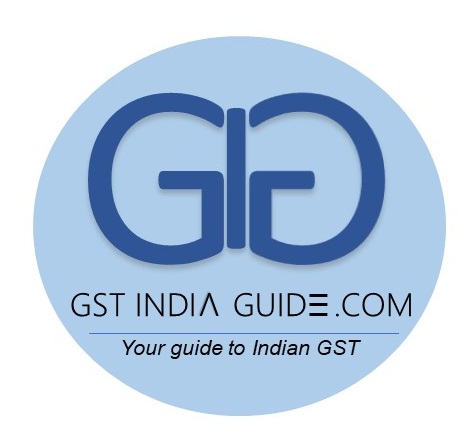Many big smart phones making firms in India like Samsung, Micromax could become a cropper, once the Goods and Services Tax (GST) comes into effect, as the new taxation regime could neutralise the cost benefits to make these phones in India.
Since the last two years, India has been able to attract 40 global smartphone makers in the country, after it tweaked norms that made cheaper to make phones in India and sell it to the billion strong mobile subscribers. At the same time, government has been able to scale investments in electronic manufacturing over ten-fold to Rs 1.24 lakh crore from Rs 11,000 crore two years ago.
“There is a near 10% tax arbitrage for manufacturing mobile phones in India in the current tax regime. However, once GST is implemented, it will be different. We hope that the Government will try and protect the arbitrage in some manner,” said Prateek Jain, Partner and National Leader – Indirect Tax at PwC India.
A IIMB Counterpoint report released in November 2016 estimates that 180 million mobile phones to be manufactured in India in 2016, which is nearly a 125% growth over the year-ago period. This has also helped in creating nearly 50000 jobs.
In the last Budget, the finance ministry proposed a concession and announced 1% excise duty (output tax on manufactured goods) on phones manufactured in India. But, phones that are imported were announced to be levied 12.5% excise duty. Besides, all components used for manufacturing mobile phones in India were exempted from customs duty.
The higher import duties helped push local manufacturing that prompted iPhone’s contract manufacturer Foxconn committing to expand aggressively in India.
Once GST comes into effect, the mobile phone manufacturer may end up paying the maximum share of the 18% unified tax (proposed under GST) and it will be difficult to segregate the excise duty component out of the total GST. Mobile handset manufacturers such as Micromax, Samsung, Lava and Xiaomi declined comment.
“If the mobiles are manufactured in India there is an option of 1% duty without taking credit. Going forward the excise duty is going to be subsumed in the GST and the entire chain would be creditable so they cannot pick and do a exemption on the basis of domestic manufacturing,” said Bipin Sapra, Partner, Indirect Taxes, EY India.
Tax experts have urged the Government to continue the tax differentials and maintain it at a minimum 8-9% rate. “We are telling them to incentivise (domestic) manufacturing. Effectively we are talking about differential of 8-9% only because of there is a single point tax which is excise duty and is not creditable. That’s a cost for manufacturing,” added Sapra.
The electronic devices manufacturers’ body, however, says GST being on transaction value as against excise duty on MRP should reduce the tax burden on mobile manufacturers in India.
“Instead of paying taxes at multiple levels of government including State and Central, there will be one tax allowing companies to save from the existing cumulative 25-30% tax burden and reduce it to 17-18% through a single unified tax and the advantage of logistics and processing costs thereof,” said K Krishnamoorthy, Chairman, India Electronics & Semiconductor Association.
Business Standard, 16 December 2016
